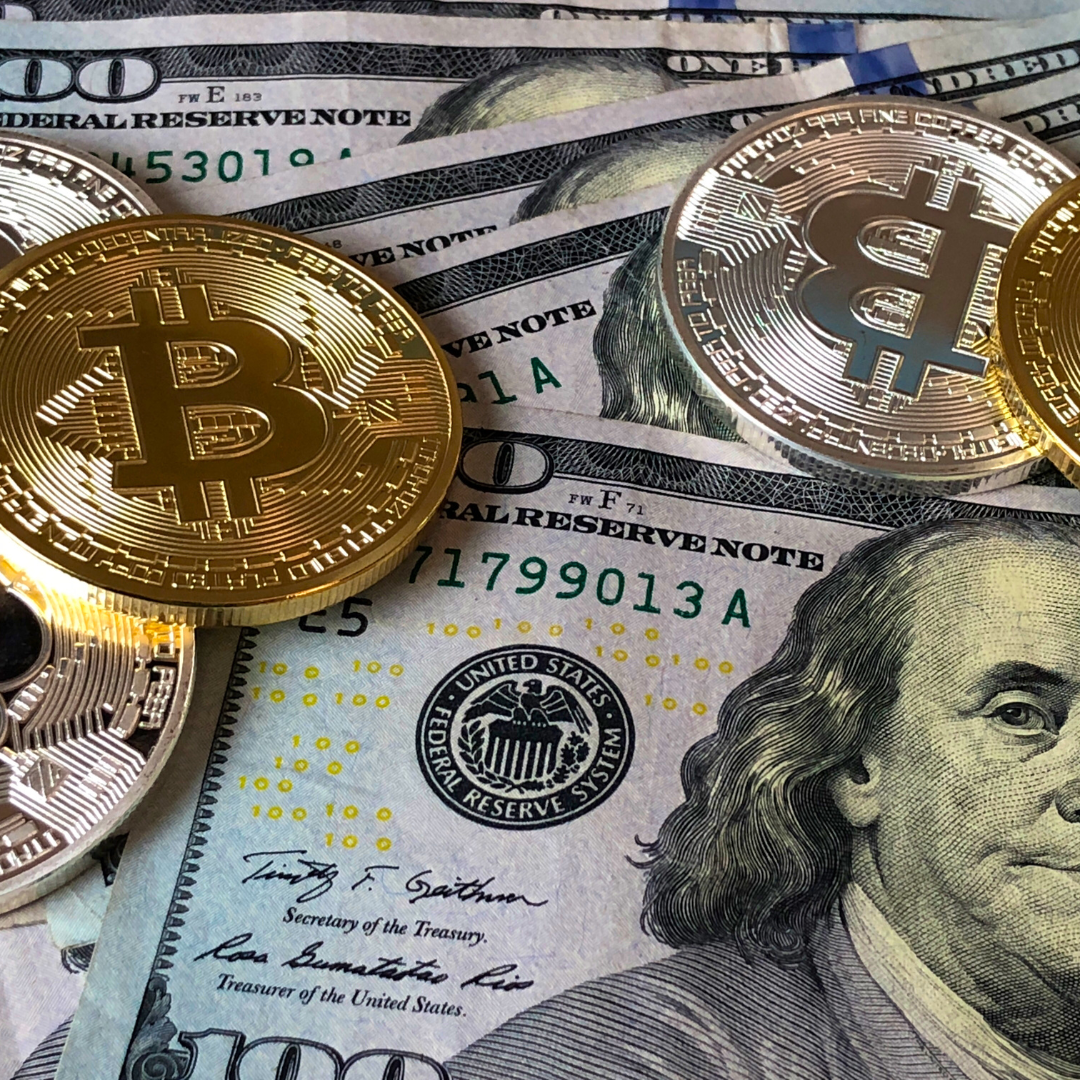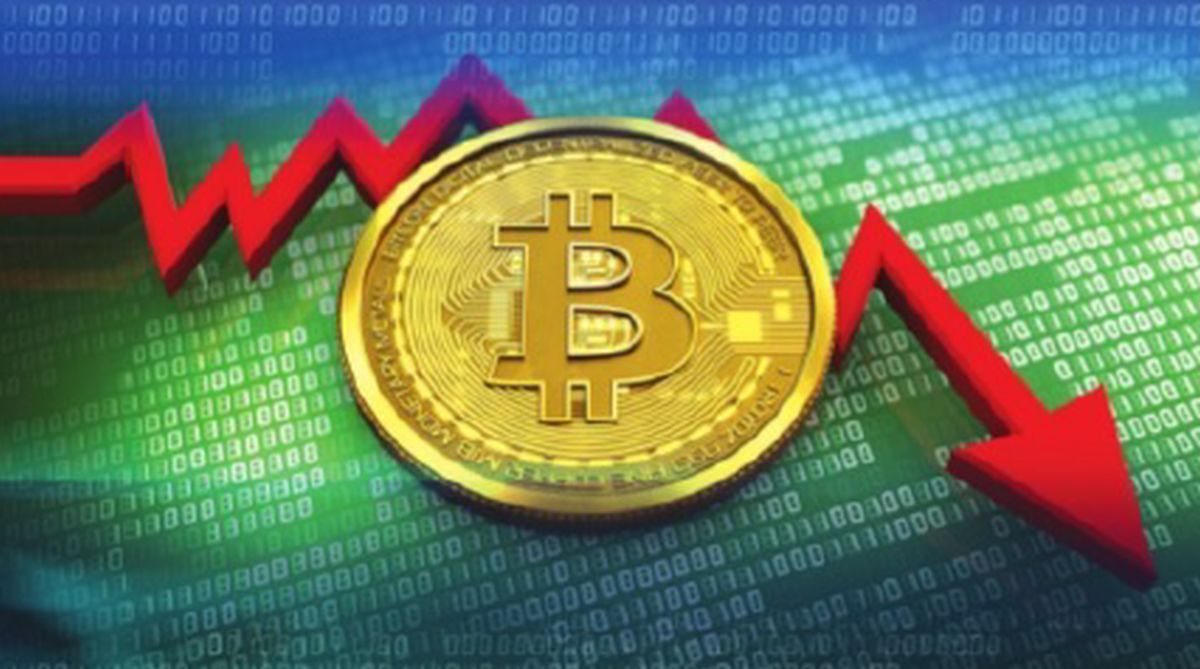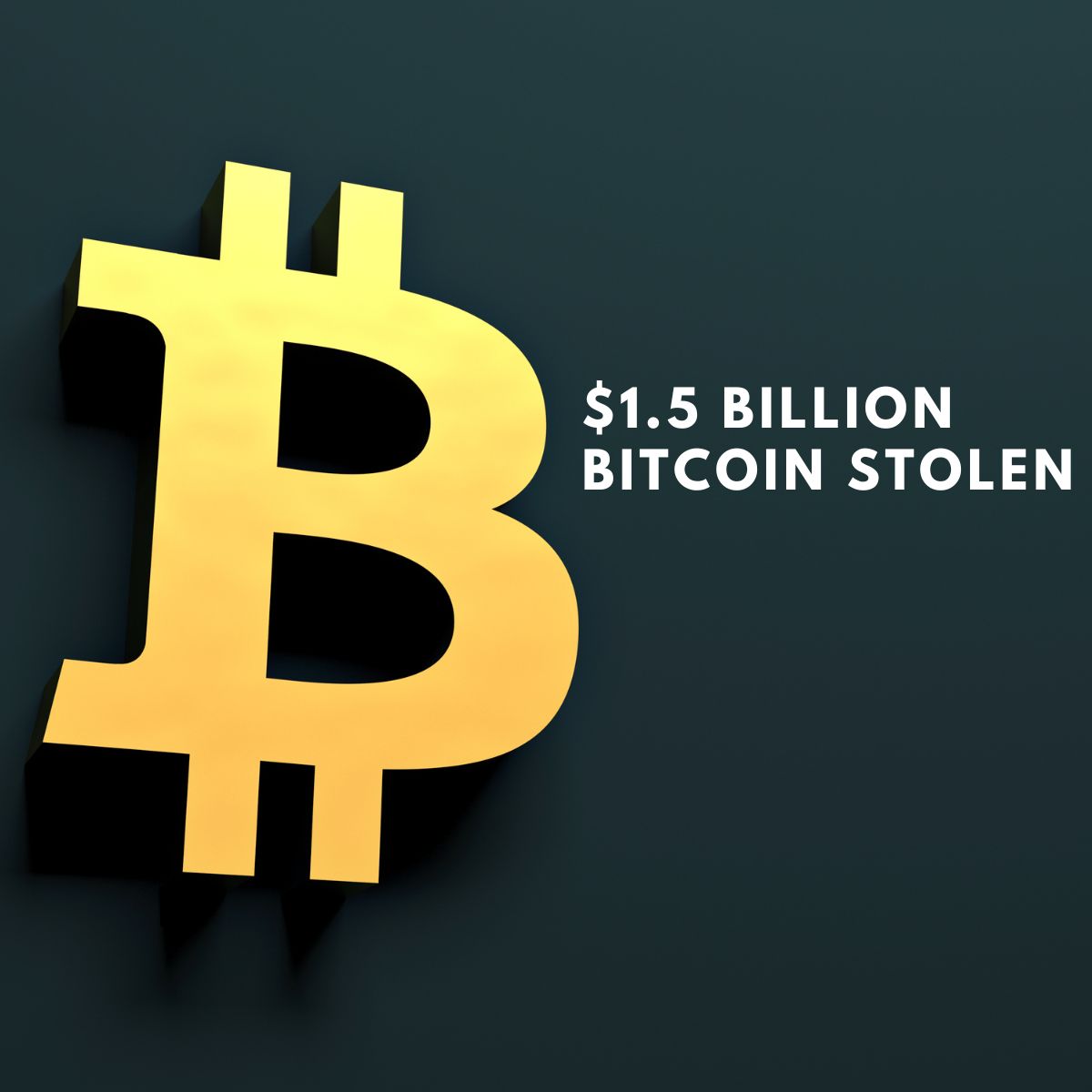Bitcoin’s recent price spike has caught investors and analysts by surprise. As of September 28, Bitcoin reached a two-month high, approaching $65,500. This increase coincides with the S&P 500 hitting its all-time peak on September 26, driven by strong economic indicators and market-boosting measures from China.
However, despite this positive momentum, experts are cautious. Many metrics suggest that Bitcoin is not yet in a true bull market. Investor skepticism looms, especially with concerns that Bitcoin could face resistance near the $70,000 level. Additionally, fears of a potential recession are making some investors wary, as economic downturns could affect riskier markets like cryptocurrencies.
Unlike traditional stock markets, Bitcoin operates in its own realm. Historically, during recession concerns, investors have turned to safer options like gold or government bonds. While Bitcoin remains scarce and independent, its price movements differ from traditional markets.
Retail interest in Bitcoin has been lukewarm despite the 21% price gain over three weeks. Data from Coinbase’s app shows a small rise in popularity, but overall, interest remains low. Instead, institutional investors have been driving the recent surge, with large inflows to Bitcoin-focused exchange-traded funds.
In contrast, China’s market paints a different picture. The demand for stablecoins like USD Tether (USDT) in China has been under parity, signaling bearish sentiment.
For now, Bitcoin’s rise has intrigued the market, but uncertainty remains about whether this will lead to a lasting bull run. Investors are keeping a close eye on the market, awaiting further developments.





